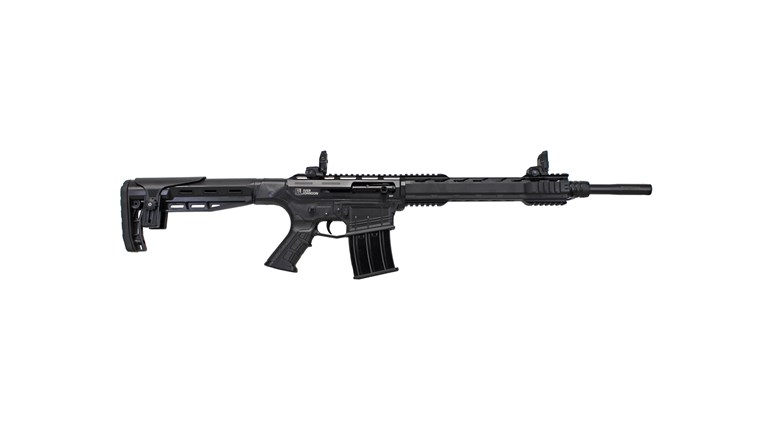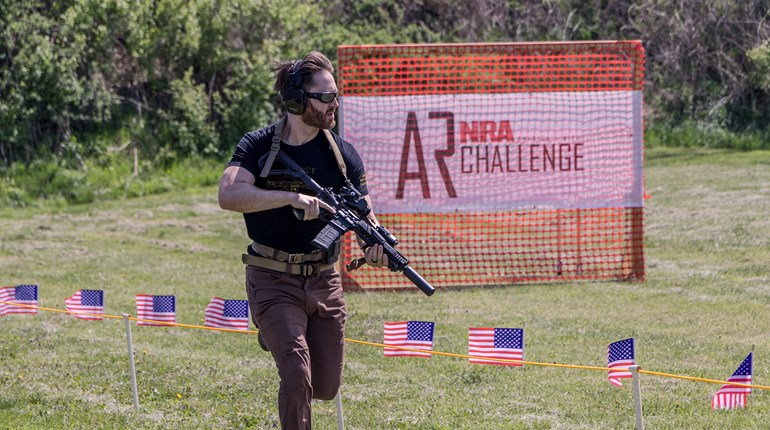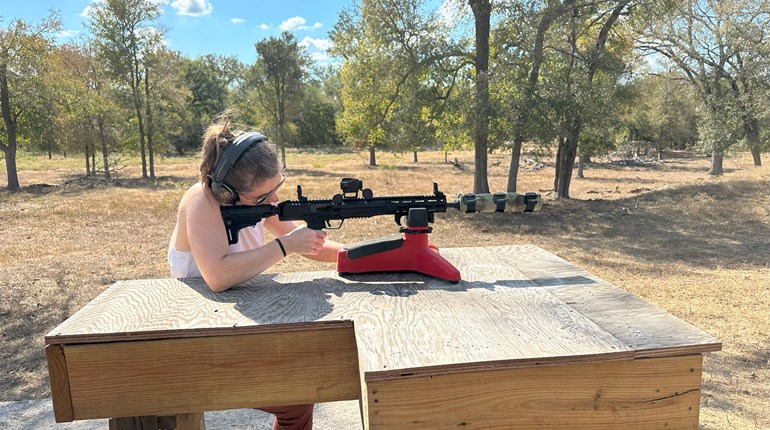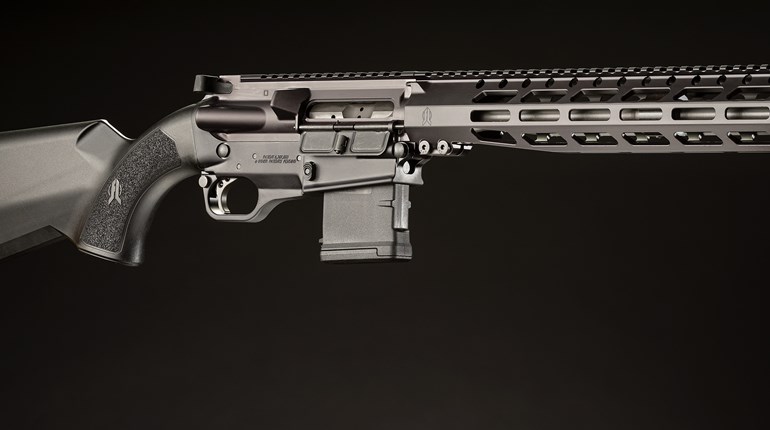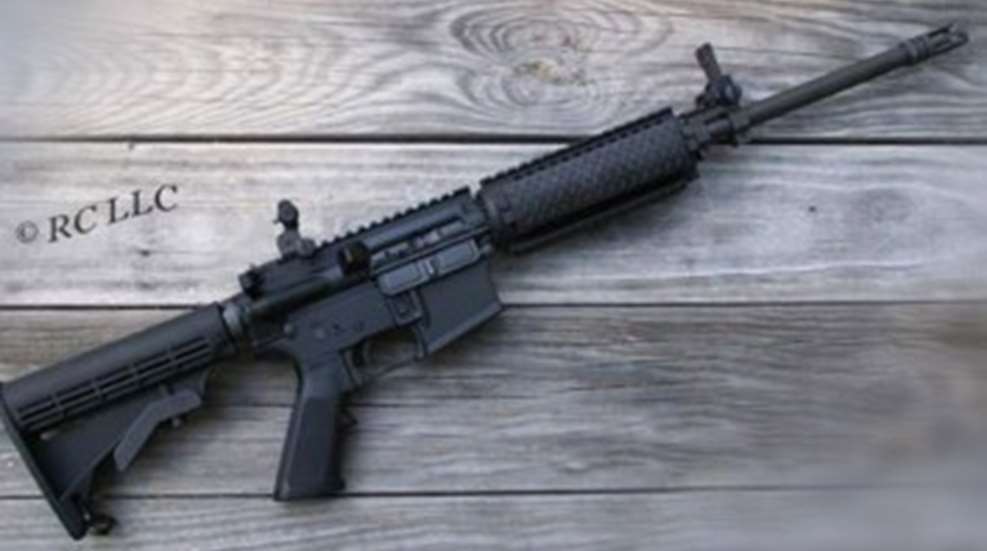
With AR-style rifle and carbine sales near critical mass, a large number of them are already sitting in closets, gun-safes and under beds, patiently waiting to be exercised. Whatever the reason you decided to buy one—hunting, home-defense, competition, uncertain times—this investment does more for you in hand than out. So what do you do with your new AR? Like any other multi-function tool, you simply get to know it. Intimately.
If you left the gun shop without also accessorizing your AR, congratulations. Don't get me wrong, a good enhanced sighting system, shooting sling, gun-light, extra magazines and plenty of ammunition are all worthy complements to your gun, but you don't have to have them all to make it work for you right off the bat. Instead, focus on the basics of learning to operate it competently and accurately. Given that ammunition may soon be very expensive and possibly scarce, stocking up on a healthy quantity to support familiarization, regular range time and whatever use you intend the AR for makes sense now. My guess is that optics and other ancillary items will be available well into the future so there will be ample time for them later.
Iron sights are not only perfectly suitable for familiarization shooting, they're either going to perform primary aiming duties or serve as back-ups. Either way you need to learn how to adjust them properly, zero the AR at an appropriate range and use at other distances. There's much confusion about the best zero range to achieve similar points of impact at defensive ranges and further targets. In reality there is no "best." It's entirely dependent on the bullet you use and how fast it's flying when it leaves the muzzle. A good ballistics program will help you compare different zeros while showing where they impact other distances. If you don't have one, using the standard 100-yard/meter zero and learning where to hold at different distances works just fine. The key is in taking the time to learn it. Even if using a ballistics program, verify with real shooting before relying on any hold data.
Finally, spend time working through the steps for efficient reloading/unloading, clearing malfunctions/stoppages and maintaining your AR. Learn the ins and outs of the gun and strive to do all practical actions in the dark—without aid of any light. Eventually, you'll get to a point where your AR familiarity will place it high on your list of favorite "go-to" tools. Many resources exist for instruction on shooting ARs; ranging from the basic owner's manual to complex tactical guides. If you're new to this game, stick with the basics and master them. From there you can begin to think about other practical uses for your AR and potential accessories. In the meantime, stock up on ammunition and 30-round magazines while they're still around…and still legal to purchase. Shoot as much as you can and you'll find it's more fun than you imagined. Share your AR and your family and friends may soon want one too.












